Forget Hibernating: How to Plan Winter Outings That Don’t Suck
I’ve spent a huge chunk of my life organizing group trips, from simple day hikes to full-on cabin weekends. And let me tell you, winter is a different beast. The cold has this funny way of making people bond—or making them absolutely miserable. A great winter plan can forge friendships, but a bad one… well, that can be a cold, silent, and even dangerous lesson.
In this article
I learned this the hard way, of course. Back in my twenties, a few of us decided to go on a spontaneous “winter wonderland hike.” Our brilliant gear choice? Jeans and cotton hoodies. An hour in, a wet, heavy snow started falling, and we were soaked to the bone in minutes. The walk back to the car was a shivering nightmare. That day taught me the golden rule I live by now: in winter, preparation isn’t just important, it’s everything.
This guide is built on that hard-earned wisdom. It’s not about having a million ideas; it’s about knowing how to pull off a few of them really, really well.
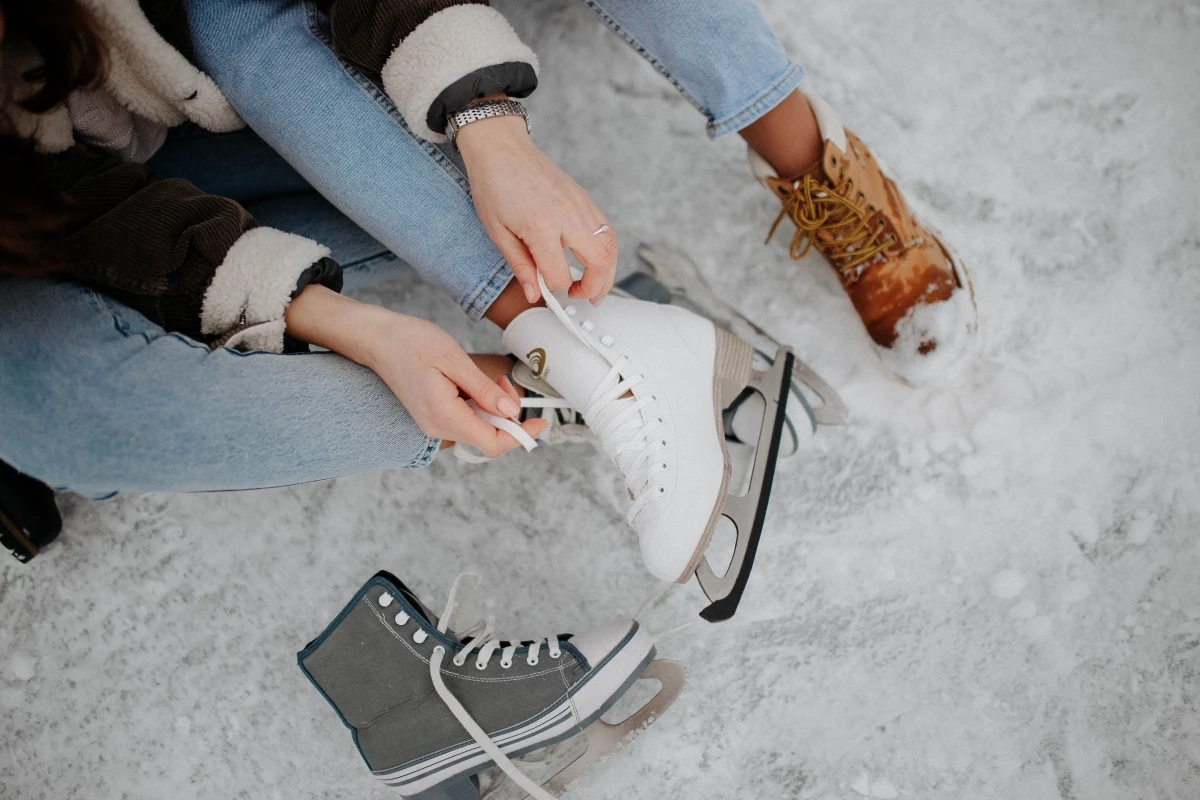
The Physics of Not Freezing: A Crash Course
Before you even think about what you’re going to do, we need to talk about how to stay warm. Your body is always losing heat, but in winter, your biggest enemies are conduction (losing heat by touching something cold) and evaporation (losing heat from sweat or moisture on your skin). This is precisely why you hear experienced outdoorsy folks say “cotton kills.” Cotton is like a sponge—it soaks up sweat and holds it right against your skin, sucking away your body heat. It’s a fast track to hypothermia, and we don’t want that.
The Layering System: Your Best Friend in the Cold
If you learn one skill, make it this one. Proper layering lets you manage your temperature like a thermostat by adding or removing clothes. It’s a simple three-part system.
- Base Layer: This is what’s touching your skin. Its only job is to pull sweat away from your body. It has to be a synthetic fabric (like polyester) or merino wool. Never, ever cotton. A dry body is a warm body.
- Mid Layer: This is your insulation; its job is to trap your body heat. Think fleece jackets, puffy vests, or thick wool sweaters. The colder it is, the puffier your mid-layer should be.
- Shell Layer: This is your armor against the elements. A good shell protects you from wind and water (snow, sleet, rain). The best ones are both waterproof and breathable, so they keep the weather out while letting your sweat vapor escape.
Here’s the deal: layering is an active process. You’ll probably start your activity feeling a little chilly, but you’ll warm up fast. The trick is to stop and take off your mid-layer before you start sweating buckets. When you take a break, you put it back on to trap all that heat you built up. This constant adjustment is the secret to staying comfortable all day.
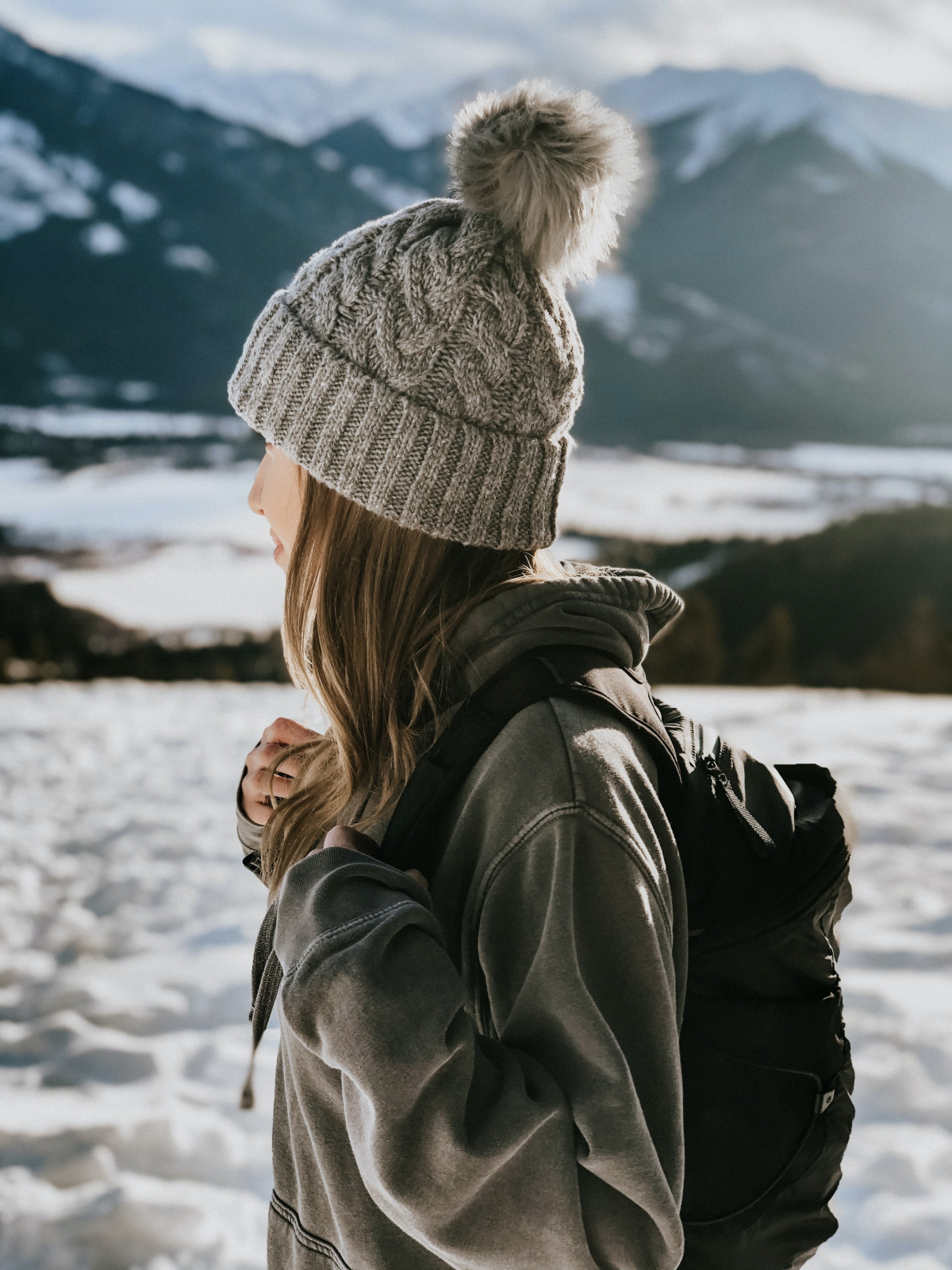
Oh yeah, and what does this cost? You don’t have to break the bank. You can find a solid synthetic base layer set for $40-$60 at places like Target or Old Navy. If you want to invest in high-end merino wool from a brand like Smartwool, you might be looking at $150 or more. Honestly, both will keep you worlds safer than that old cotton t-shirt.
Taking It Outside: Pro Moves for Winter Fun
Knowing the theory is one thing; putting it into practice is what makes for an epic day. Here are the nitty-gritty details for a few classic winter outings.
Nailing the Winter Hike or Snowshoe Trip
A trail buried in snow is a whole different world. An easy summer walk can become a serious workout. Snowshoeing is fantastic for exploring, but it definitely burns more calories than a simple hike.
Planning Is Not Optional
- Check the Forecasts: And I mean all of them. I use the National Weather Service for the general weather. But if we’re going anywhere near mountains, I check the local avalanche forecast (a quick search for “[my state] avalanche center” usually finds it). These sites are run by pros who give daily risk ratings. If the danger is ‘Considerable’ or higher, we pick a different spot on flat ground. That’s a rule I never, ever break.
- Pick Your Trail Wisely: Stick to trails you already know or ones that are popular in winter. Unmarked trails can vanish under snow, and getting lost is surprisingly easy. For your first time, aim for a short, low-elevation route. Trust me, a two-mile trek in deep snow can feel more like five miles on a dry path.
- Share the Plan: Make sure everyone knows the route, when you expect to be back, and has the number for local search and rescue saved in their phone. And always, always leave the plan with someone who is staying home.
Your Gear: The Winter ‘Ten Essentials’

The classic hiking essentials need a winter upgrade. I make sure everyone in my group has these items packed:
- Navigation: A map and compass, plus a GPS or a phone with a downloaded map (like AllTrails Pro). Batteries die fast in the cold, so the physical map and compass are your non-negotiable backup.
- Headlamp: Winter days are short. A hike can easily end in the dark. Bring a headlamp with fresh batteries. It’s not optional.
- Sun Protection: Sunglasses and sunscreen are crucial. Sunlight reflecting off snow is incredibly intense and can cause nasty sunburn and even snow blindness.
- First-Aid Kit: Make sure it includes blister care, hand warmer packets, and an emergency blanket.
- Knife or Multi-tool: Always useful.
- Fire: A lighter, waterproof matches, and a simple fire starter (dryer lint coated in wax works great).
- Shelter: An emergency bivy or space blanket. They weigh almost nothing and can be a lifesaver if you’re stuck waiting for help.
- Extra Food: Pack more than you think you need. Your body is a furnace in the cold, and it needs fuel. High-energy foods like trail mix, chocolate, and energy bars are perfect.
- Extra Water: At least a liter per person. To keep it from freezing, use an insulated bottle or a hydration reservoir with an insulated hose. Quick tip: A thermos of hot cocoa or broth is an amazing morale booster.
- Extra Clothes: At a minimum, a dry pair of wool socks and an extra base layer top. Changing into dry clothes during a break is a total game-changer.
On the Trail: Microspikes vs. Snowshoes

Your footwear can make or break the day. Insulated, waterproof boots are a must. But what about traction?
- For packed snow and icy trails, microspikes are your best friend. They’re like tire chains for your boots and provide incredible grip. You can find a solid pair from brands like Kahtoola or Hillsound for about $60-$70.
- For deep, fluffy snow, you’ll need snowshoes. They distribute your weight so you can ‘float’ on top of the snow instead of sinking in up to your knees. A decent pair will set you back $150 or more, so I always recommend renting for your first few times. A day rental is usually around $20-$25 at most outdoor shops.
A lesser-known trick: To keep your water bottle from freezing, store it upside down in your backpack. Ice forms from the top down, so the mouth of the bottle will be the last part to freeze over!

Ice Skating on a Frozen Lake: A Safety Deep Dive
Skating on a natural body of water is pure magic, but it carries real risks. I have a very strict protocol for this that I’ve pieced together over the years.
Ice Thickness Is Everything.
- The Rule of Thumb: I stick to the guidance used by many state agencies: you need at least 4 inches of new, clear ice for skating or walking. For a small group or a snowmobile, you want 5-7 inches.
- How to Check: Never, ever trust your eyes. You have to physically check the thickness. You can buy an ice chisel or an auger at most big sporting goods stores in cold regions, like Cabela’s or Bass Pro Shops, for about $40. It feels like overkill until the one time it isn’t. Start near the shore and drill test holes as you venture out.
- Danger Zones: Stay away from moving water, like rivers or near the inlets and outlets of ponds. The current makes ice thickness dangerously unpredictable.
Everyone in my group knows these rules, and we carry ice picks (handheld spikes for self-rescue) and a throw rope. Safety is what makes the experience relaxing.

When Staying In Is the Smart Move
Sometimes the weather is just too gnarly. But staying indoors doesn’t have to be boring. The goal is to plan something that encourages actual interaction, not just staring at a screen together.
The Low-Chaos Cooking Party
Getting a bunch of friends in a kitchen can be incredible fun or pure chaos. The secret is organization.
- Pick the Right Recipe: Choose something with lots of different steps that can be done at the same time. Making homemade pizza or fresh pasta is perfect. One team can make the dough, another can prep toppings, and a third can handle the sauce. A recipe with a dozen sequential steps is a job for one person, not a party.
- Set Up Stations: Before guests arrive, do what the pros call ‘mise en place’—a fancy French term that just means getting all your ingredients and equipment ready. Have a chopping station, a mixing station, etc. It stops everyone from tripping over each other.

The Art of the Perfect Game Night
A great game night is a beautiful thing. A bad one is a confusing, boring mess. As the host, it’s your job to be the guide.
- Know Your Crowd: Don’t break out a complex, three-hour strategy game for a group that just wants to chat and laugh. Start with social party games. For pure laughs and big groups, you can’t go wrong with Codenames or Monikers. For something a little more strategic but still super easy to learn, Ticket to Ride is a classic for a reason.
- Be the Teacher: Know the rules inside and out before people arrive. I usually watch a quick ‘how-to-play’ video on YouTube. When you explain, start with the main goal of the game, then the basic flow of a turn. Don’t bog everyone down with every tiny rule at the start.
The Ultimate Getaway: Planning a Cabin Weekend
A weekend cabin trip is pretty much the peak of winter friend-time, but it’s also the most complex to organize. Good communication and a clear plan are essential.

My secret weapon? A simple shared Google Sheet or a similar document. Seriously, it’s a lifesaver. We create columns for the cabin cost per person, a shared food budget, and gas money. Then, a separate tab for the meal plan. Each person or pair signs up to own one meal—that means they buy the ingredients, cook it, and lead the cleanup. This is the single best way to avoid friction and distribute the work.
When booking, look for a place with reliable winter access (a steep, unplowed driveway is a trip-ender) and check reviews about the heating. And a final, non-negotiable safety check: make sure the property has working smoke and carbon monoxide detectors.
A Final Word: Be Smart, Be Safe
Everything here comes from my own experience, but it’s no substitute for your own good judgment. Winter weather is no joke and can change in an instant.
Be honest about your skills and fitness. It’s always, always better to turn back early than to push into a dangerous situation. If you want to try something more advanced like backcountry skiing or ice climbing, please hire a certified guide. It’s an investment in your own safety and skills.

Winter asks a little more of us, but the rewards—the quiet, the beauty, the connection—are more than worth it. The best memories aren’t about big, elaborate plans. They’re about simple, happy moments, made comfortable and safe by a little bit of forethought.
Galerie d’inspiration


Hand Warmers: The Great Debate
Chemical single-use: Cheap, lightweight, and reliable. Just open the packet and they heat up. Perfect to have a few stashed in your pack for emergencies. The downside? They create waste.
Rechargeable electric: A higher initial cost, but reusable and often double as a power bank. Brands like Ocoopa or Zippo offer models with adjustable heat settings. Ideal for those who are always cold, but remember to charge it before you go!
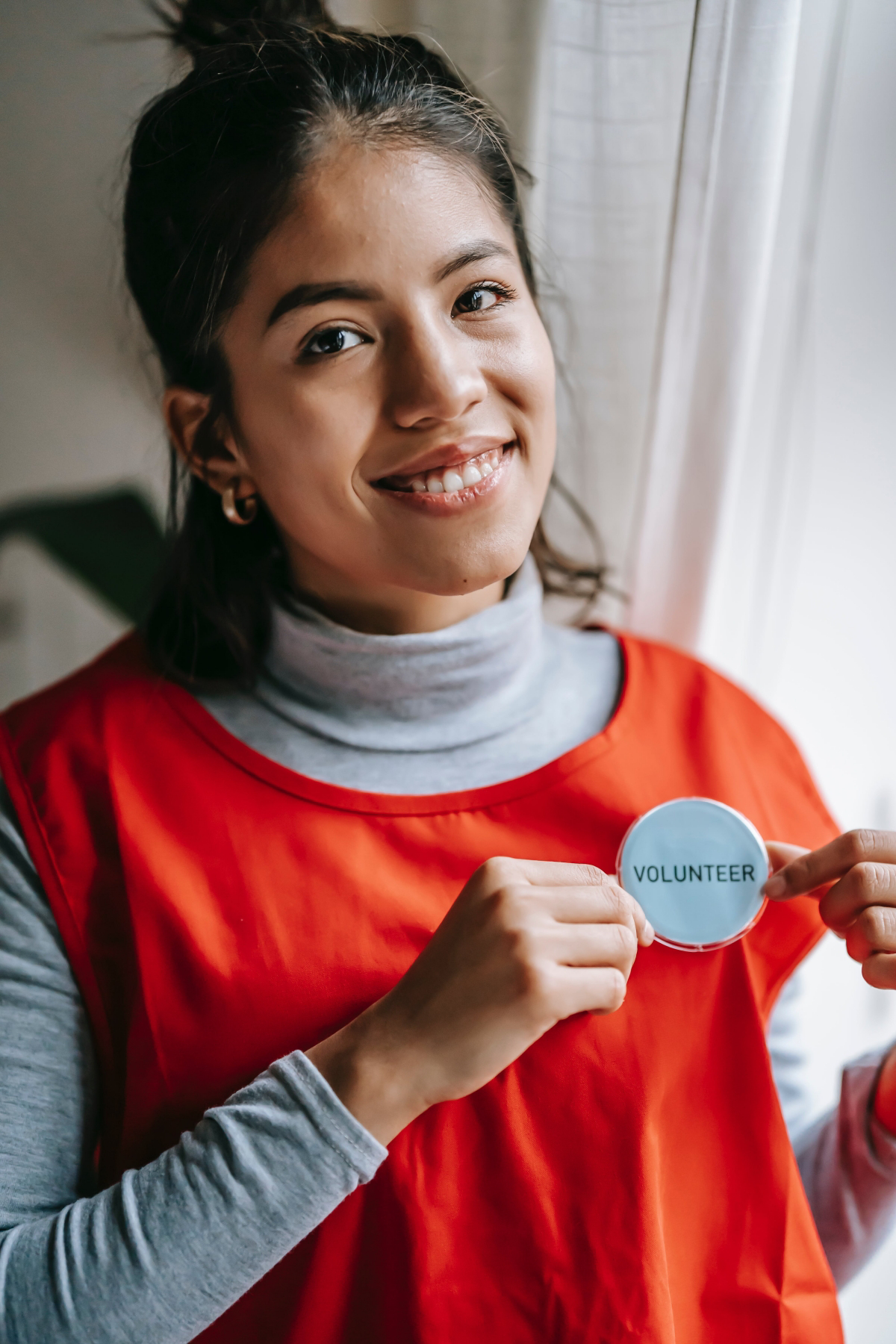
The Norwegian concept of ‘friluftsliv’—literally ‘free air life’—isn’t about conquering nature; it’s about embracing the outdoors as a fundamental part of life, regardless of the season.

Beyond your layers, a few small items can make a huge difference in comfort and safety. Don’t leave home without them:
- A small, closed-cell foam sit-pad. It weighs almost nothing but prevents a cold, wet behind when you take a break.
- SPF lip balm. Winter sun and wind are a brutal combination for your lips.
- A fully charged power bank. Cold drains phone batteries at an alarming rate, and your phone is your lifeline.
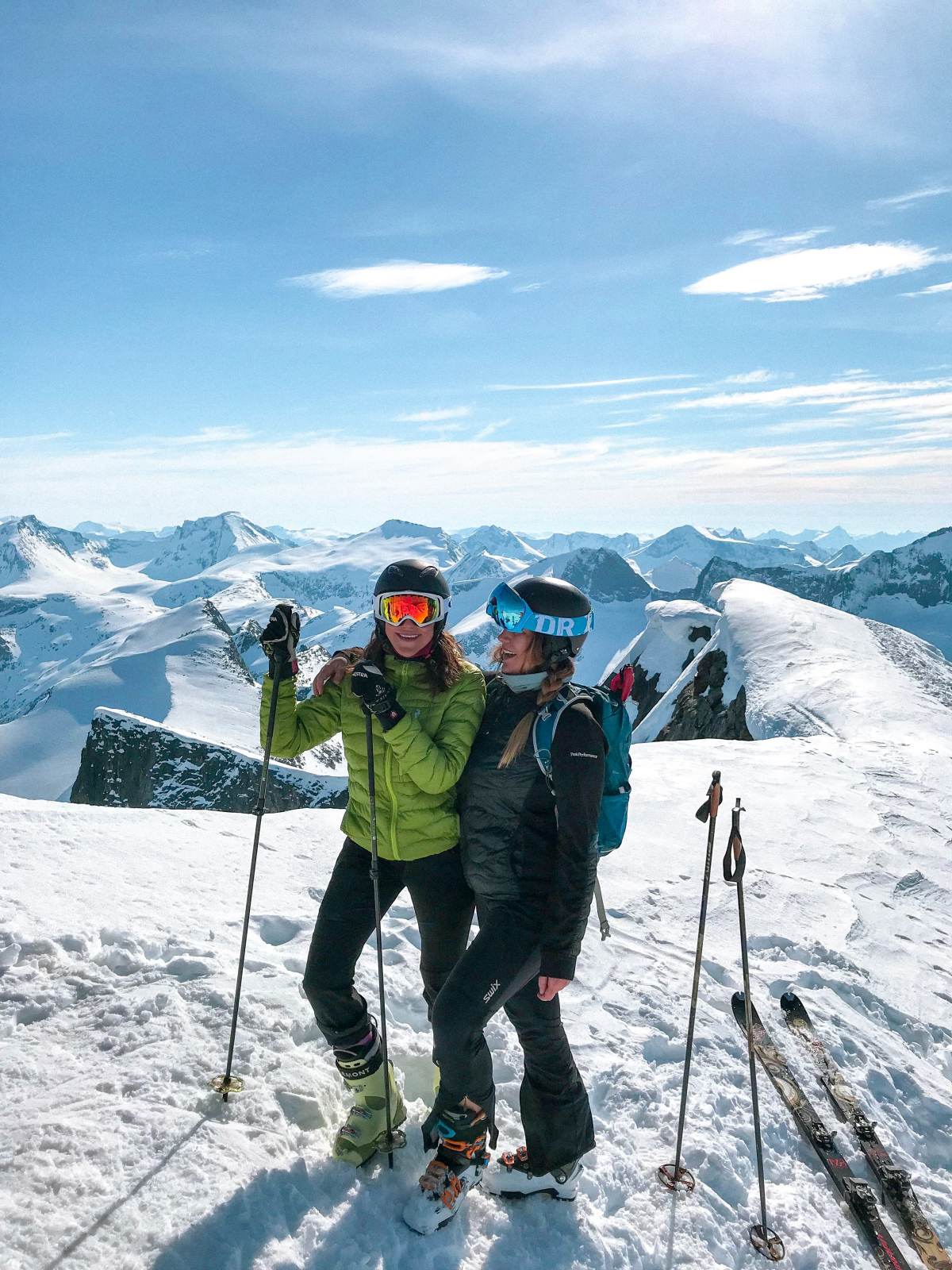
The golden hour in winter is pure magic, but what happens when the sun sets?
Don’t let darkness end your adventure. A quality headlamp is a non-negotiable piece of winter gear. Look for one with at least 300 lumens for good trail visibility. A model from a trusted brand like Petzl or Black Diamond with a red-light mode is even better, as it preserves your night vision—perfect for pausing to look at the stars without being blinded when you turn your light back on.
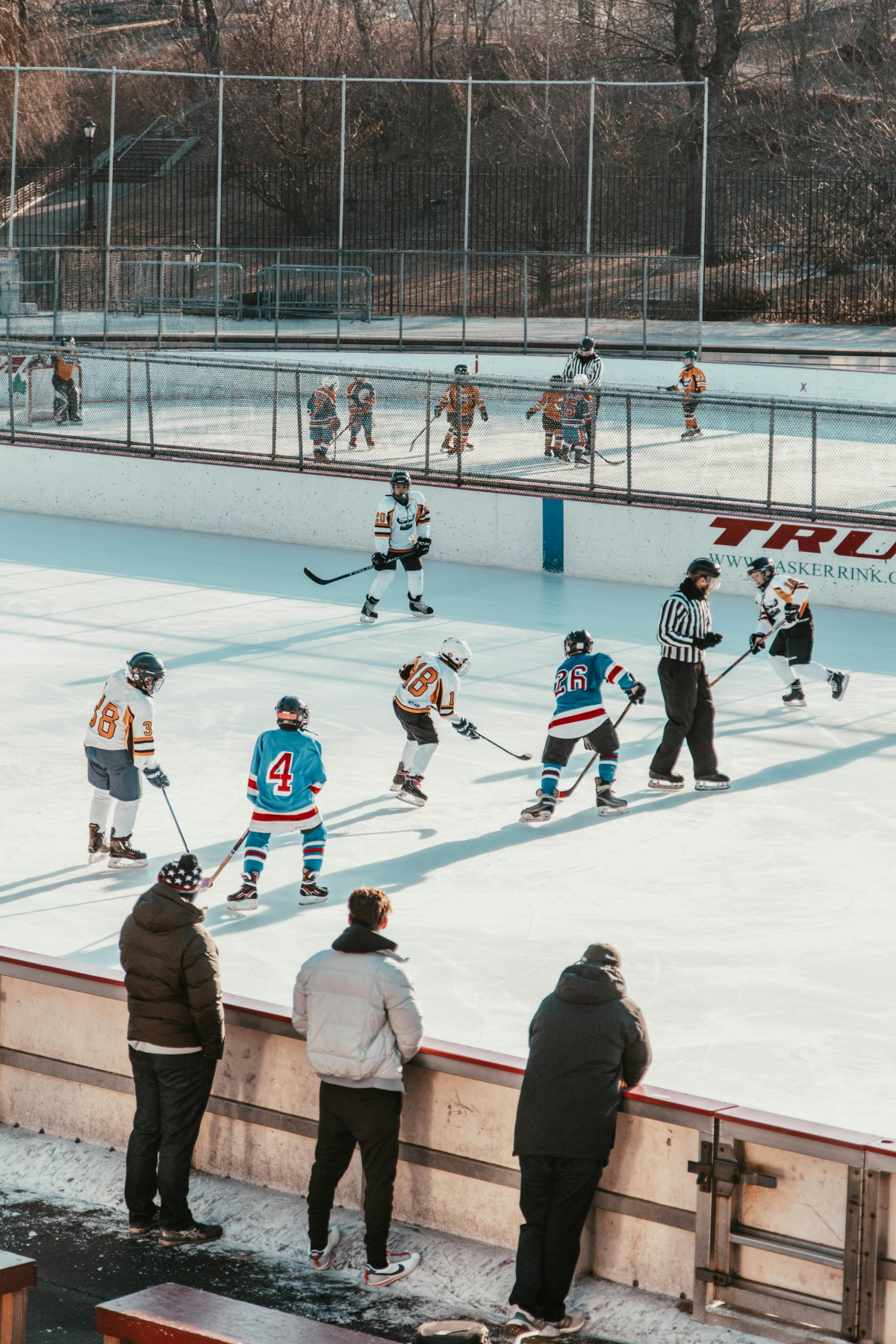
Crucial point: Establish a clear ‘turn-around’ time before you even start. It’s easy to lose track of time when you’re having fun, but winter daylight is fleeting. Agree as a group that you will head back at a specific time (e.g., 2 PM), no matter how close you are to the destination. This single rule prevents most late-day mishaps.
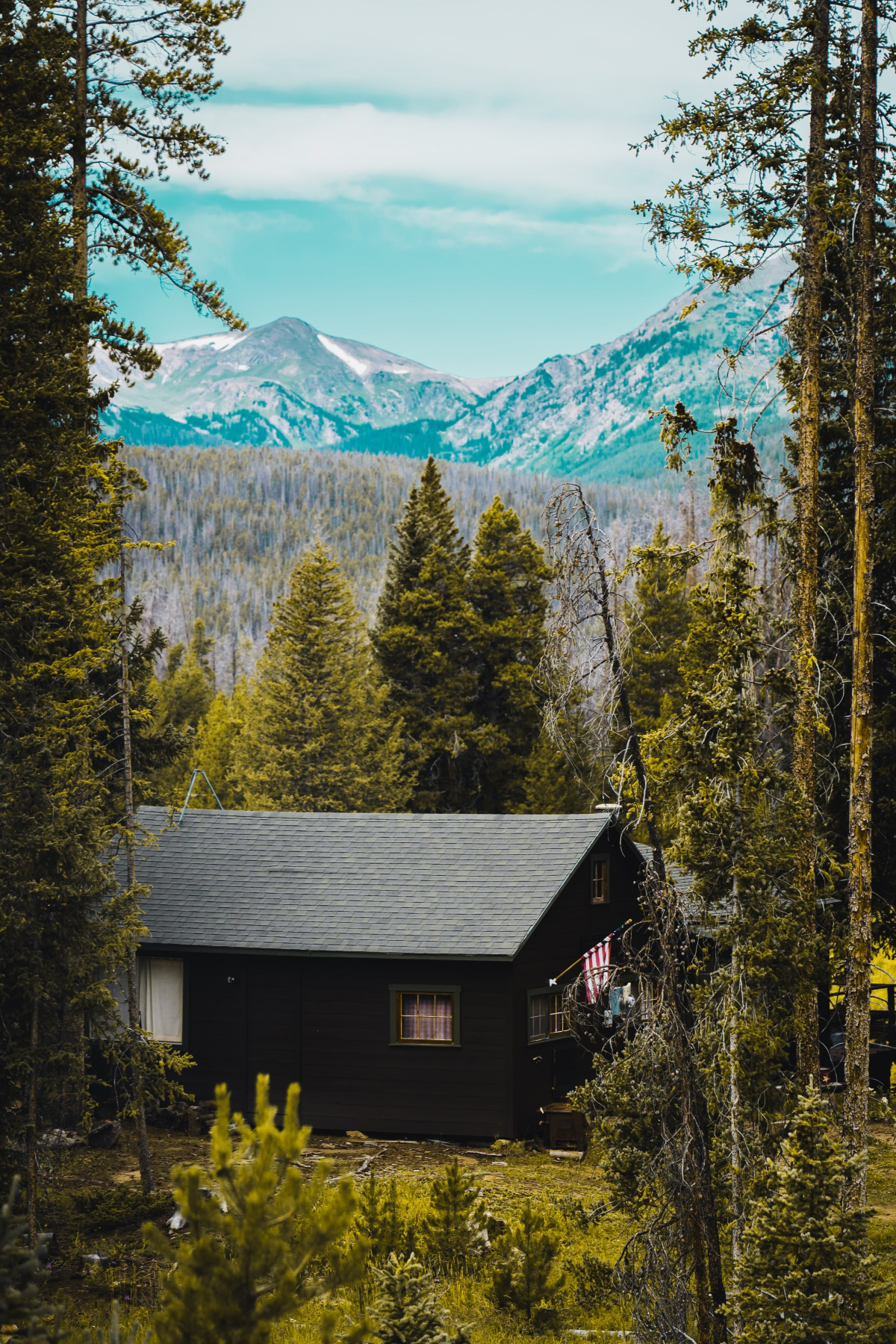
- That soup you packed is still steaming hours later.
- Your hot chocolate is a genuinely warming treat, not a lukewarm disappointment.
The secret? It’s all in the prep. Before filling your thermos with a hot liquid, pre-heat it by filling it with boiling water and letting it sit for 5-10 minutes. Dump the water out and immediately add your soup or drink. A quality insulated bottle from Stanley or Hydro Flask will do the rest of the work.
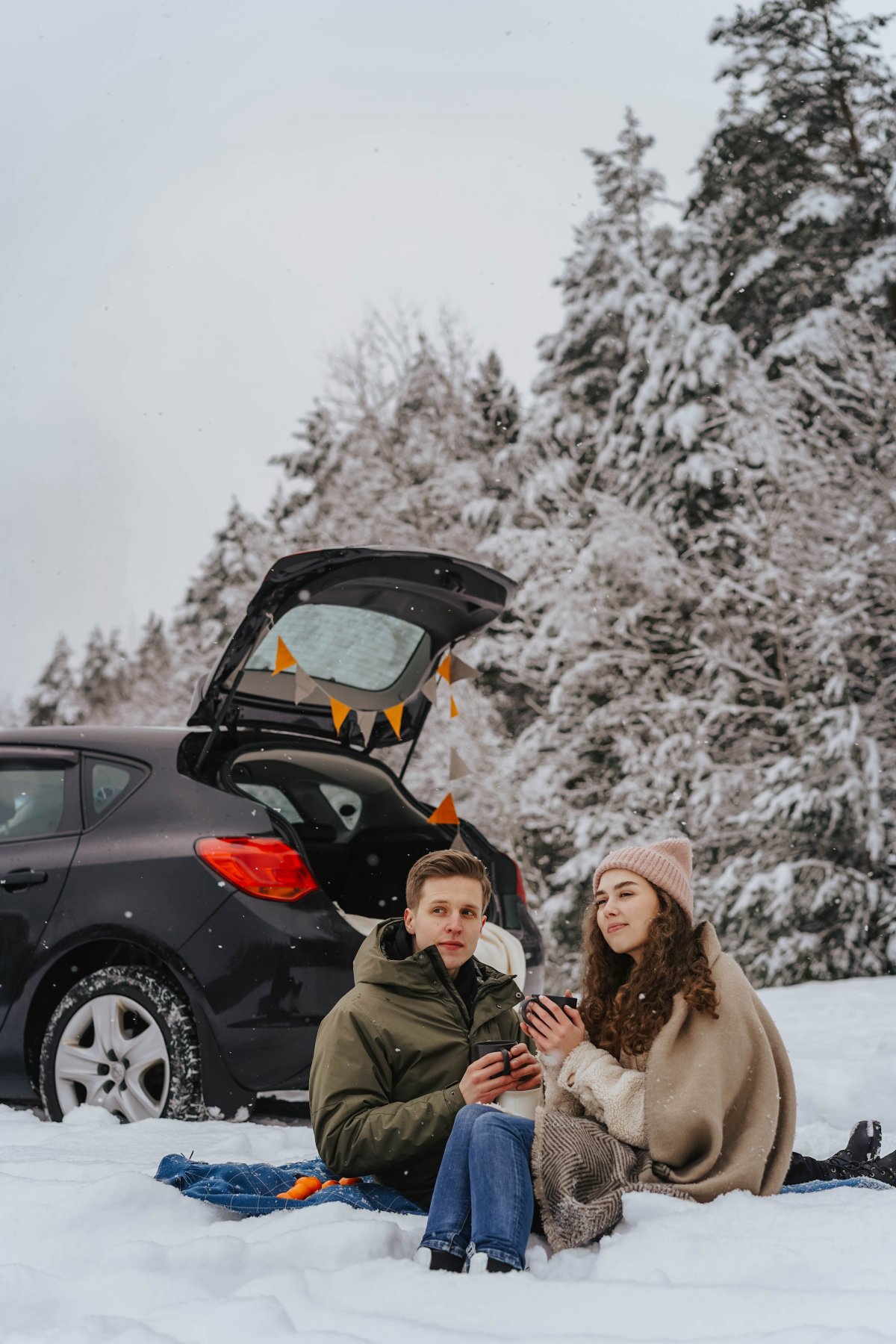
Fact: You can become dehydrated just as easily in winter as in summer. You lose significant moisture through respiration—that visible puff of ‘smoke’ when you breathe in the cold is water vapor leaving your body.
Since you may not feel as thirsty in the cold, it’s vital to drink water proactively. An insulated water bottle is key to prevent it from freezing. Avoid caffeine and alcohol on the trail, as they can accelerate dehydration and affect your body’s ability to regulate temperature.
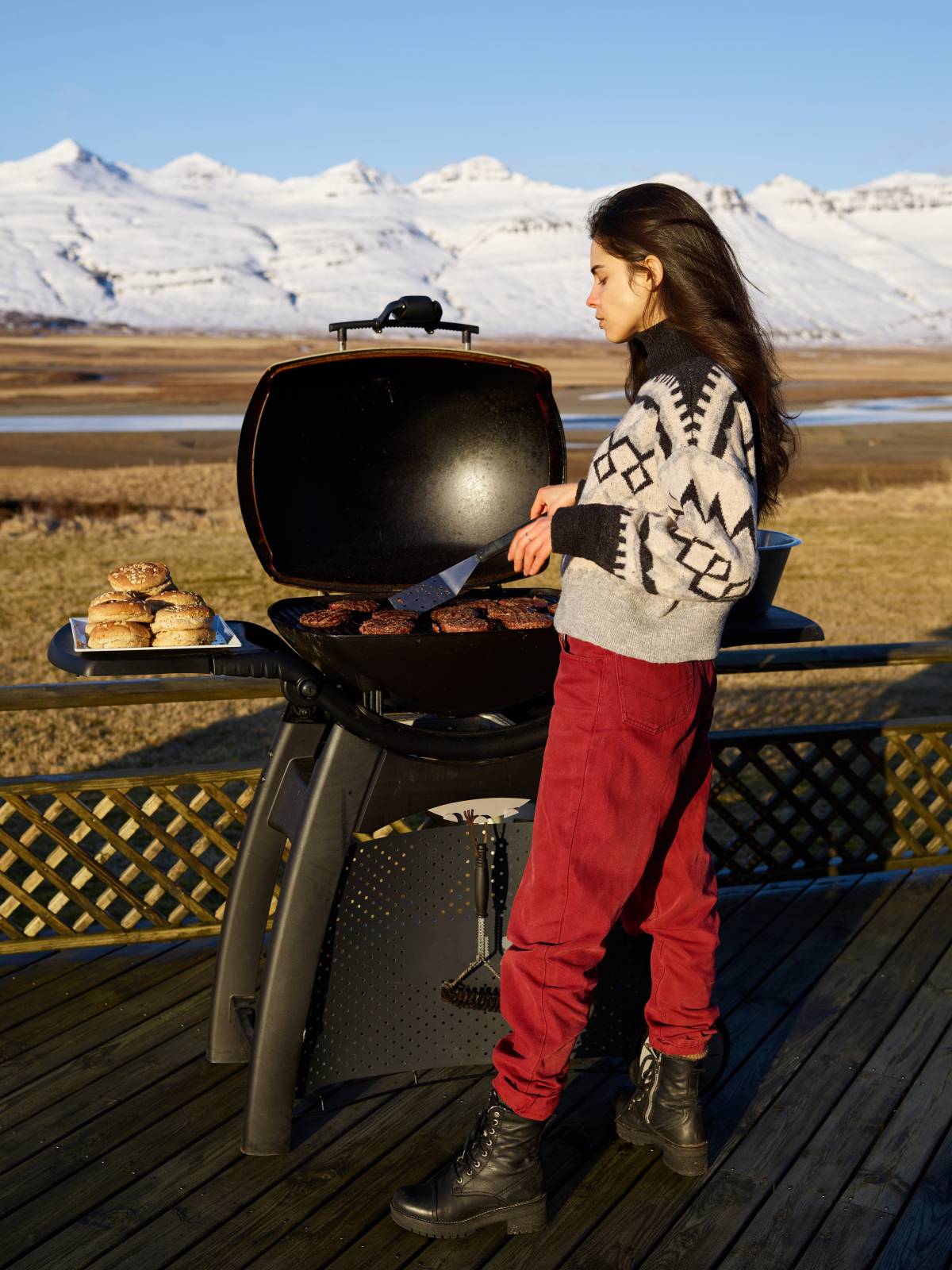
Think beyond a simple hike. A winter outing can be a unique shared experience. Plan a ‘frozen waterfall tour’ by mapping out accessible falls in your area, or host a winter bonfire with a pot of chili kept warm on the embers. Another great idea is a snow-art competition—pack a few spray bottles with water and food coloring and let your friends’ creativity run wild.

How do you pack food for a day trip in the cold without it turning into a frozen brick?
Focus on high-fat, high-energy foods that don’t freeze easily. Nuts, jerky, and energy bars are classics for a reason. For something more substantial, use a wide-mouthed, insulated food jar (like those from Thermos or Zoku) for chili, stew, or mac and cheese. Pro tip: Avoid packing sandwiches with high-moisture ingredients like tomatoes or lettuce—they’ll turn into a soggy, icy mess.

The number one rule of winter trail etiquette is to respect existing tracks. If you’re walking or snowshoeing, stay out of the groomed, parallel tracks set for cross-country skiers. Your footprints can ruin the glide and create hazards for them. It’s a small courtesy that makes the trails enjoyable for everyone.
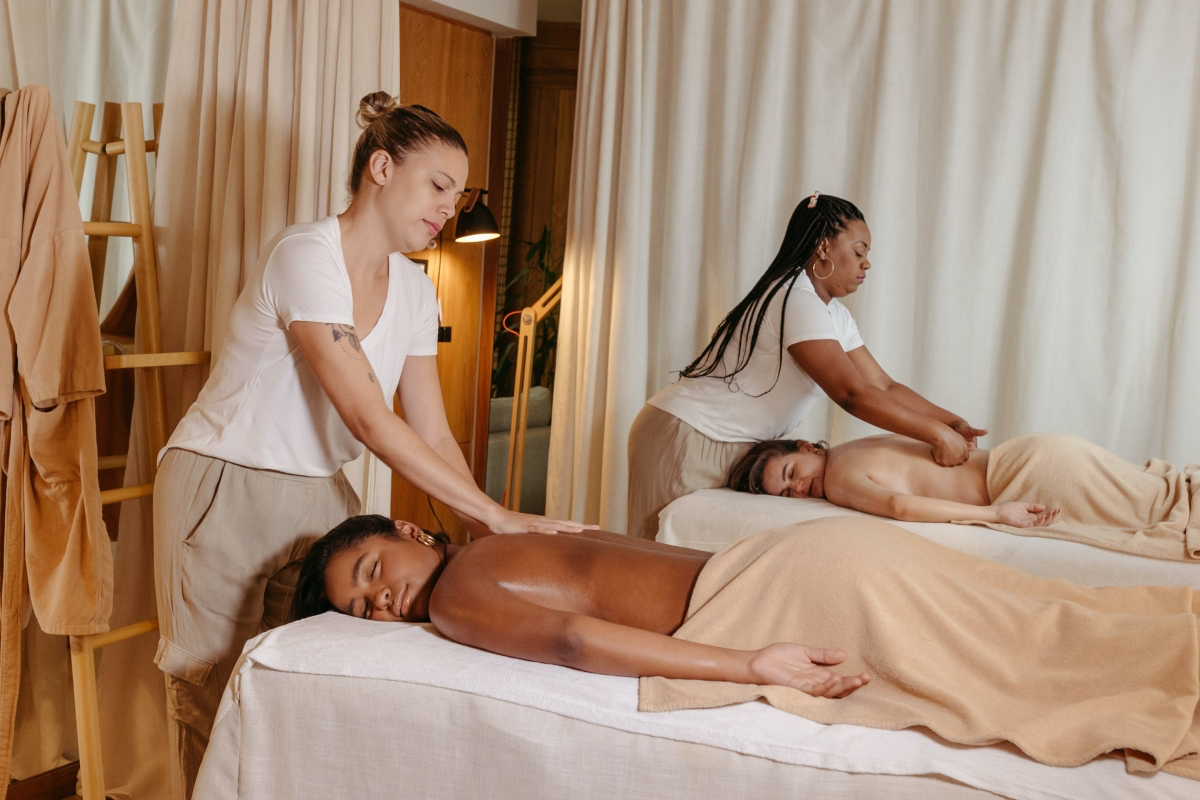
- Walk on freshly packed snow without sinking in.
- Explore quiet, snow-covered forests inaccessible by foot.
- Get a fantastic cardio workout without the high impact of running.
The key is modern snowshoes. Forget the old wooden tennis rackets. Brands like MSR and Tubbs make lightweight, ergonomic snowshoes with aggressive crampons that make walking on varied terrain intuitive and fun. Renting a pair for a day is an affordable way to try it out.

A 2020 study published in the ‘International Journal of Environmental Research and Public Health’ found that even short exposures to natural environments in winter can significantly improve mood and reduce feelings of stress.
The post-adventure ritual is just as important as the prep. When you get home, immediately unpack wet or damp gear. Open up your backpack to air out, and hang your shell jacket and pants to dry completely. Stuff your wet boots with newspaper to absorb moisture and help them keep their shape. Taking care of your gear ensures it’s ready for your next outing and will last for years.










